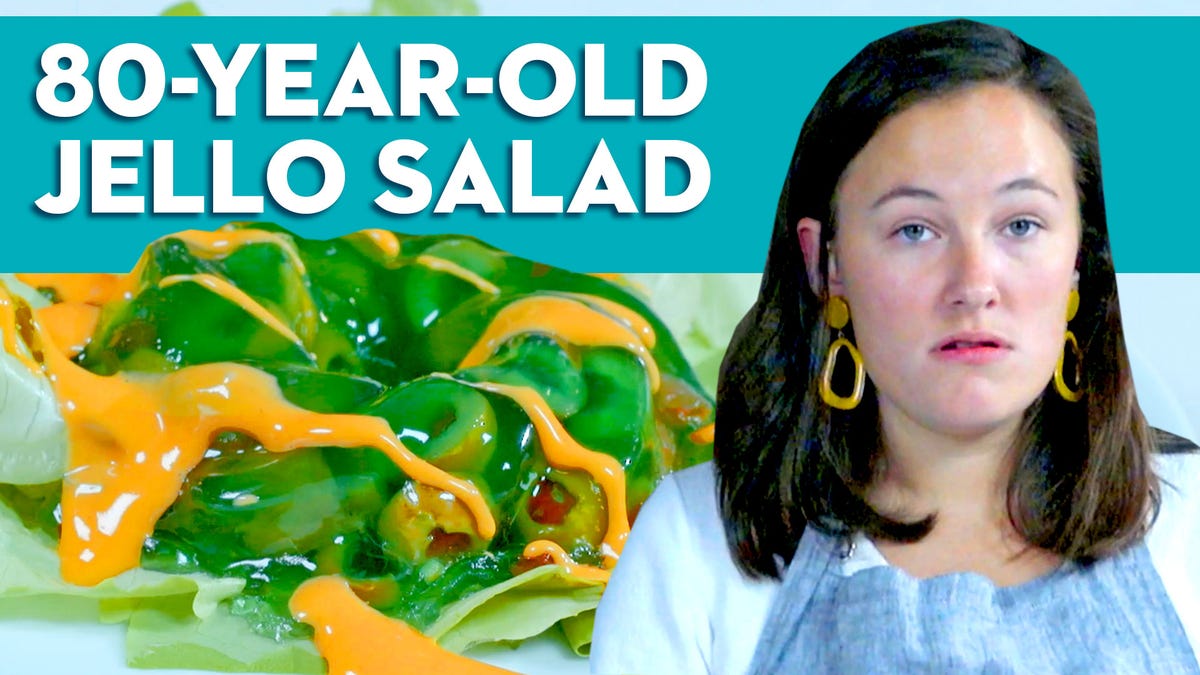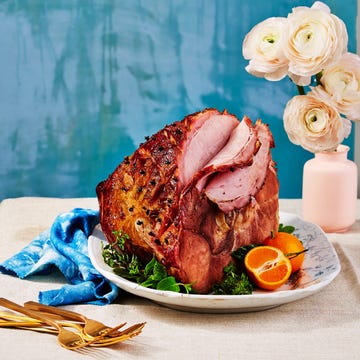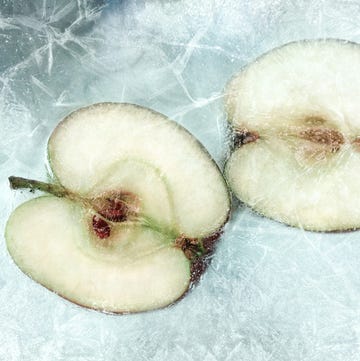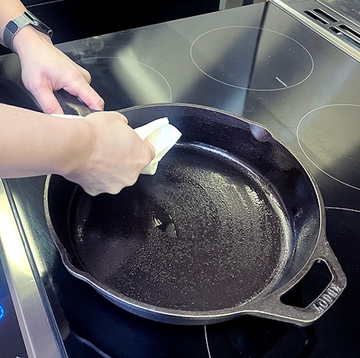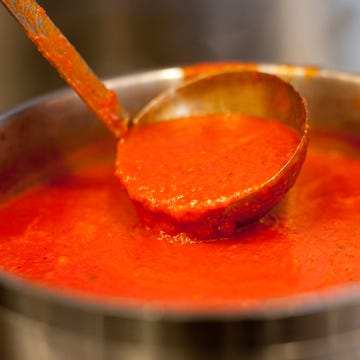Cauliflower stars in some of our favorite comfort dishes, from warming curries and rice bowls to flavorful flatbreads and tacos. One of the best things about this cruciferous all-star, however, is that it freezes extremely well, maintaining its robust nutritional profile — as well as its hearty crunch — after thawing. And while you could just toss your florets straight into the freezer and call it a day in theory, you’ll get much better results by following a few simple steps. I asked Chief Food Director Kate Merker, who heads up the Good Housekeeping Test Kitchen, for her expert advice on how to freeze cauliflower, as well as how best to enjoy your frozen florets.
How to freeze cauliflower, step by step
Step 1: Check for freshness
Your freezer is a pretty magical invention, preserving the flavor, nutrients and even the color of peak season vegetables until you’re ready to eat them. However, if your vegetables are limp, spotted or otherwise past their prime, freezing will only make things worse.
When you’re buying cauliflower, Merker says, “look for heads that are firm, with florets that are super tightly packed.” The head should also feel heavy for its size, she says, and should be evenly colored all the way around with no brown spots. Limp or discolored heads should be eaten right away (after trimming away any spots, that is.)
Step 2: Prep your cauliflower
After removing any outer leaves, use a knife to cut around the core to remove the stem (pro tip: The stem is perfectly edible — and tasty!). You should now be left with the cauliflower head, which you can break apart into larger pieces using your hands. Break these pieces down even further by cutting into the smaller stems with a knife, then pulling them apart to create bite-sized florets.
Step 3: Boil water
It's important to blanch cauliflower before freezing, which involves quickly boiling followed by cooling florets. So bring a large pot of water to a boil and while you’re waiting, prepare a large bowl of ice water: You’ll use this to rapidly cool down the vegetables after cooking. Then, once your water is boiling, add a generous amount of salt, around one tablespoon per gallon.
Step 4: Add cauliflower in batches
Working in batches, start to add florets to the boiling water. Cook until just tender, about 3 to 5 minutes, depending on the size of the florets. You should be able to easily pierce one of the stalks with the tip of a knife.
Step 5: Transfer florets to prepared ice water
Using a spider (a wire skimmer), a large slotted spoon or a small strainer, scoop out your florets and transfer them to the bowl of ice water. "This immediately stops the cooking, preserving the color, flavor and texture," explains Merker. Leave them to soak for about 5 minutes to really chill, then using tongs, gently transfer them to a dish towel set in a rimmed baking sheet or roasting pan to drain. Repeat with remaining florets, adding more water to the pot (don't forget to add more salt, too!) and more ice to the bowl as needed.
Step 6: Dry and flash-freeze
Using a second dish towel or paper towel, gently pat the florets until thoroughly dry. Transfer to a second baking sheet in a single layer, with plenty of space in between each floret to ensure that they won’t clump together in the freezer. Freeze until firm, about 2 hours.
Step 7: Pack and store in resealable containers
Once frozen, pack cauliflower into freezer-safe resealable bags or containers, pressing out as much air as possible. Seal tightly to avoid freezer burn. Label each bag or container with contents, amount and date, so you can easily find them and keep track of how fresh they are. Keep in the freezer and use within approximately eight months.
Do you have to blanch cauliflower before freezing?
Blanching is a process that involves quickly cooking food in boiling water, then rapidly cooling it in ice water. It’s an important — nay, crucial — step in preserving the nutritional value and texture of fruits and vegetables when freezing, so be sure not to skip it. Merker advises against freezing cauliflower raw, which can be a recipe for mushy, flavorless florets. In fact, we advise blanching most vegetables before freezing for this same reason! "Blanching will help maintain the color, texture and flavor of cauliflower," says Merker.
How will freezing affect the taste and texture of cauliflower?
Properly frozen cauliflower — meaning you followed all the steps outlined above! — should taste almost identical to unfrozen cauliflower with a sweet, slightly nutty flavor. Older heads can taste a bit sulfurous or “cabbage-y” and won’t hold up as well to roasting or simmering.
How to cook frozen cauliflower
For soups, stews, and other liquid-based preparations, Merker recommends cooking cauliflower straight from frozen. That said, she notes you may need to adjust the cooking time so that your veg has adequate time to thaw and cauliflower may not get as golden brown and crisp. For dry preparations like roasting or air frying, Merker suggests thawing first in order to “eliminate any excess moisture and give more control over the cook time and temperature of your entire recipe.”
To thaw, simply transfer cauliflower from freezer to fridge (ideally in a single layer) until completely defrosted, patting with a towel to remove excess moisture. Since the vegetables are already partially cooked, make sure to shave 5 to 10 minutes off of the total cook time.
What can you make with frozen cauliflower?
You can use frozen cauliflower in pretty much any recipe that calls for this hearty brassica (or even sub it in for broccoli or Brussels sprouts if you like). Blitz it in the food processor to make a toothsome alternative to rice or couscous; pop it in the air fryer and toss with buffalo sauce for a plant-based game day snack; or use it as the base for a creamy, plant-based alfredo sauce.
Kate Merker (she/her) is the Chief Food Director of the Hearst Lifestyle Group, overseeing the team that produces food content for several Hearst titles, including Good Housekeeping, Women’s Health, Prevention, Woman’s Day and Country Living. She has clocked nearly 20 years of experience in food media and before that, worked at some of New York City’s finest restaurants.


